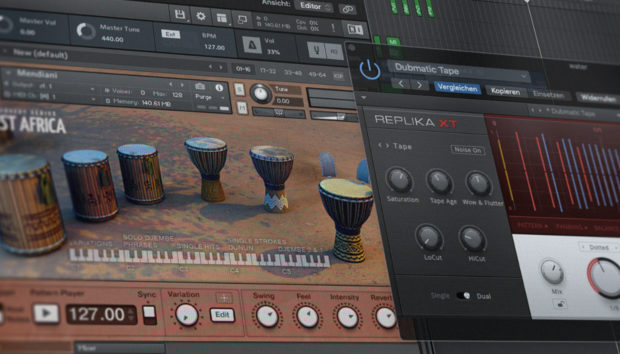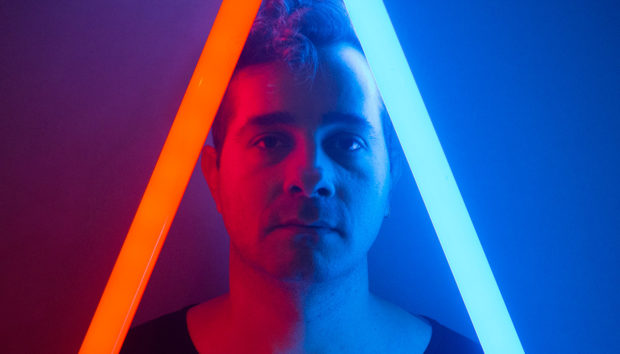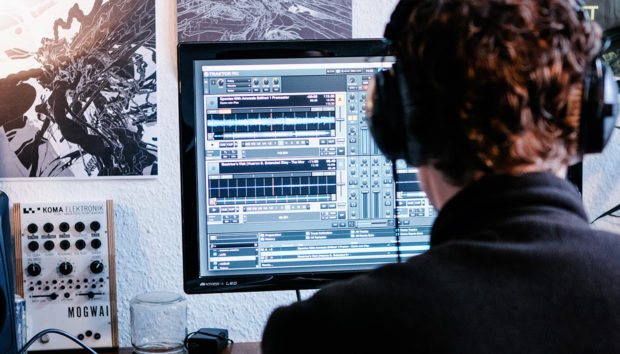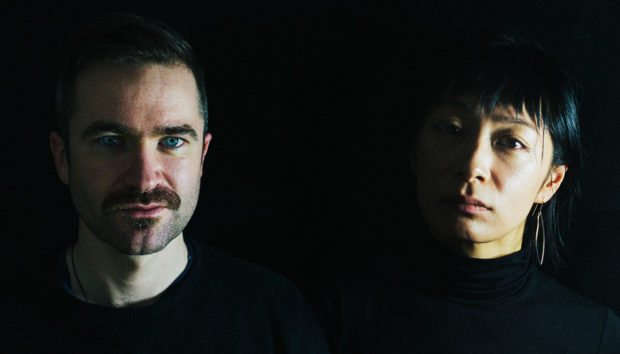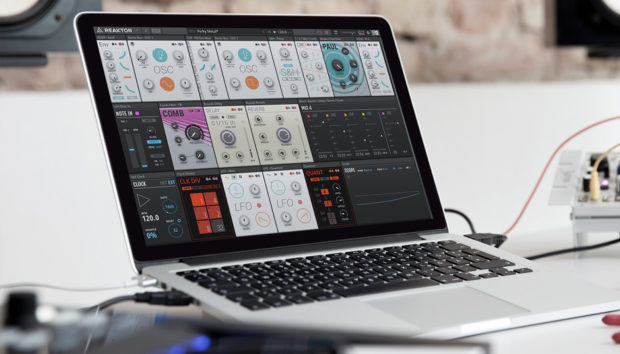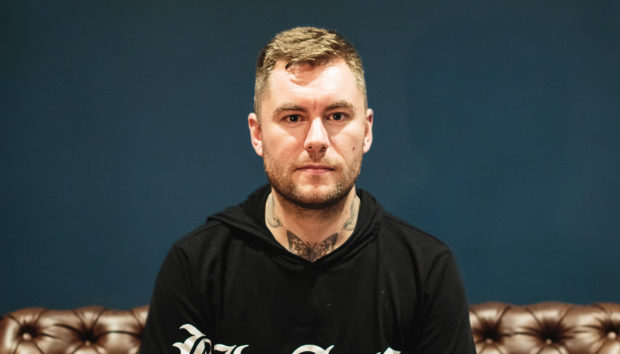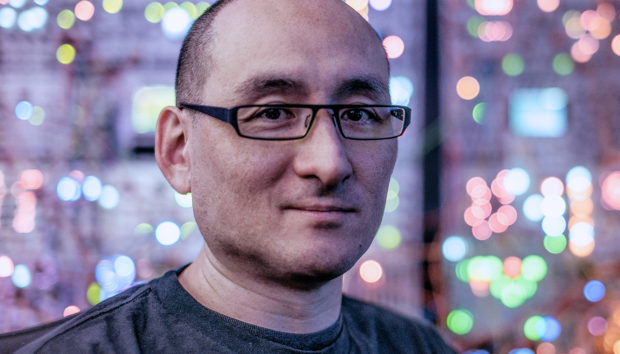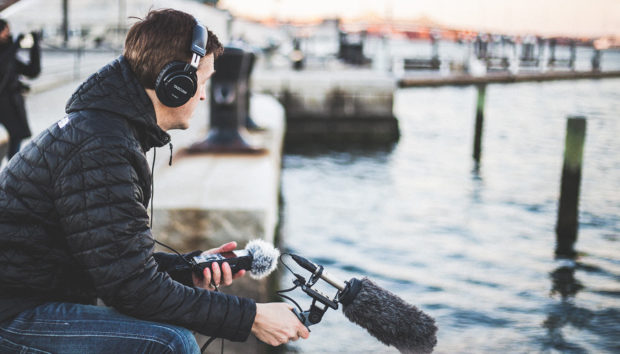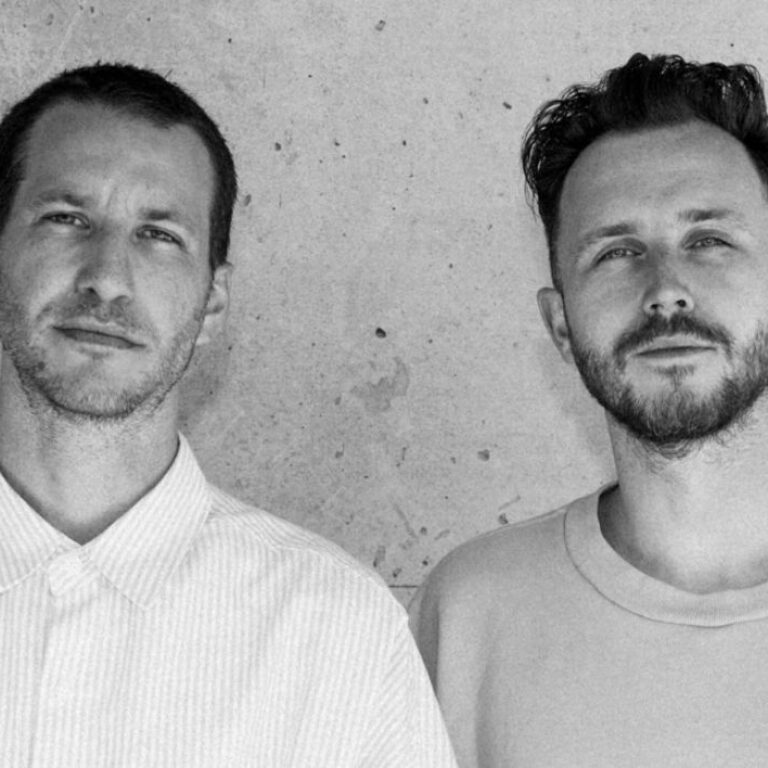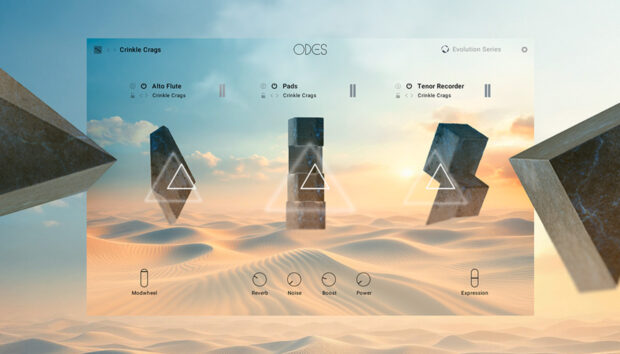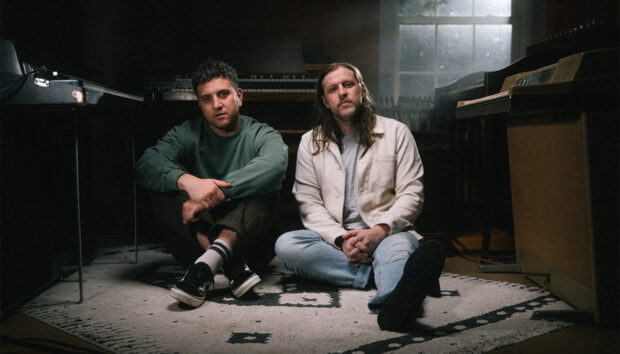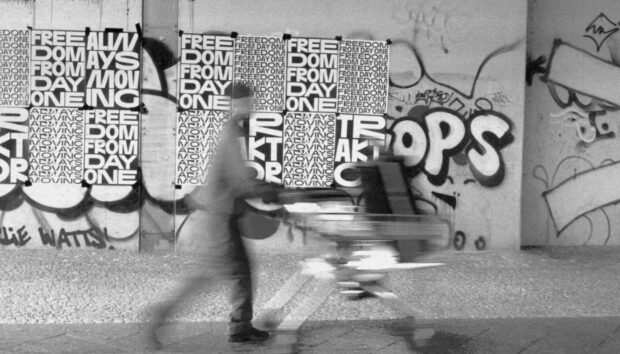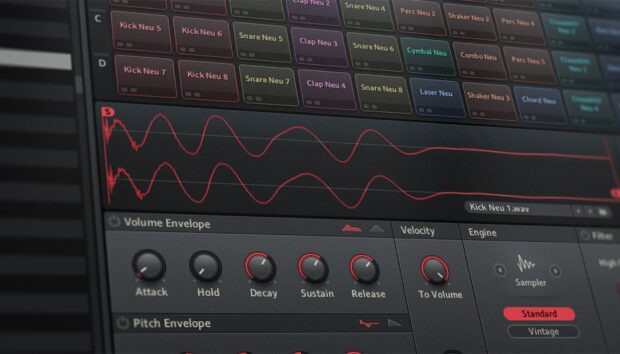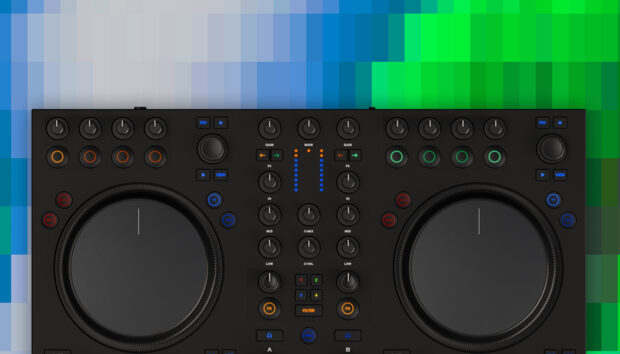Kontakt has become a go-to tool for producers who want to get more out of their synth sounds – especially when you’re working entirely in-the-box and relying on VSTs to bring character and depth to a track.
But like anything in music production, knowing when to keep it simple and when to dive deeper is where most people get stuck.
Few understand this better than Flight School, the duo recently signed to Kygo’s Palm Tree Records in partnership with Sony Music. They’re known for blending electronic production with pop vocals, and now they’re shifting into a new sound – mixing drum and bass rhythms with polished, radio-friendly toplines. Plugins like Kontakt, Hybrid Keys, and Monark are a huge part of keeping things fresh while working fast enough to meet deadlines and finish tracks.
In this interview, we get into how they approach sound design, where they draw the line between presets and custom sounds, and why focusing on songwriting is still the most important part of the process.
Jump to these sections:
- First steps for experimenting with Kontakt
- Presets vs. custom sound design – what actually matters
- Finding inspiration with traditional waveforms
- Kontakt vs. hardware synths for modern production
- What separates good sound design from great sound design
- Tips for staying productive and creative in 2025
Flight School has built a workflow that’s fast, efficient, and still focused on making great music – which makes them the perfect people to talk about staying creative with modern tools. So let’s get into it.
You can try some of these tips using the free Kontakt Player included in Komplete Start, a bundle of professional sounds, instruments, and effects to keep you inspired.
For someone just getting started with Kontakt, what’s the first step in experimenting with making unique sounds out of conventional, or ‘timeless’, waveforms?
Experimentation begins with understanding the fundamentals. Once you know the rules, you can break them down by finding new and unique combinations of sounds. There are tons of amazing programs out there to learn the fundamentals of sound design.
Programs like Syntorial are amazing resources and are fundamental for learning basic to advanced sound design, and programs like Kontakt are also incredibly intuitive and user-friendly. By simply clicking a few buttons you can get dramatically new textures and sounds – you never know what you might find.

Pro tip from Flight School: Reference tracks are essential these days. The number one question we get asked is how to structure a song. It took us a while to fully adopt this process but it has been a game changer ever since. Using reference tracks in your DAW and having a shortcut button to quickly swap back and forth between that and your project is the quickest way to build out fully fleshed tracks.
There are little intricacies (a splash, ride cymbal, reverse effect, etc) that are so subtle but make a world of difference in the overall track, and you might find those things when listening to a reference track.
What’s your take on the debate between using presets and building sounds from scratch? Can presets still be unique?
The age old question! We definitely use presets and are not shy about doing so. At the end of the day it’s about writing great music and there really is no right or wrong way to do so. It’s great to know the ins and outs of every type of waveform and creating sounds from scratch, and there is definitely value in that, but it’s also easy to get lost in making something overly complex.
We often try to write music as quickly as possible, pause for a few days, and then go back and adjust when we are fresh. Oftentimes when we spend too much time working on a track, focusing exclusively on the sound design aspect, we end up losing the soul of the track.
If it sounds good and it ain’t broke, don’t fix it.
How do you stay inspired to innovate when working with such familiar building blocks like saws and sine waves?
We try to find a blend of traditional sine wave and organic sounds. We grew up making hip hop, sampling old-school disco, funk and soul records and were always drawn to the organic nature of those sounds.
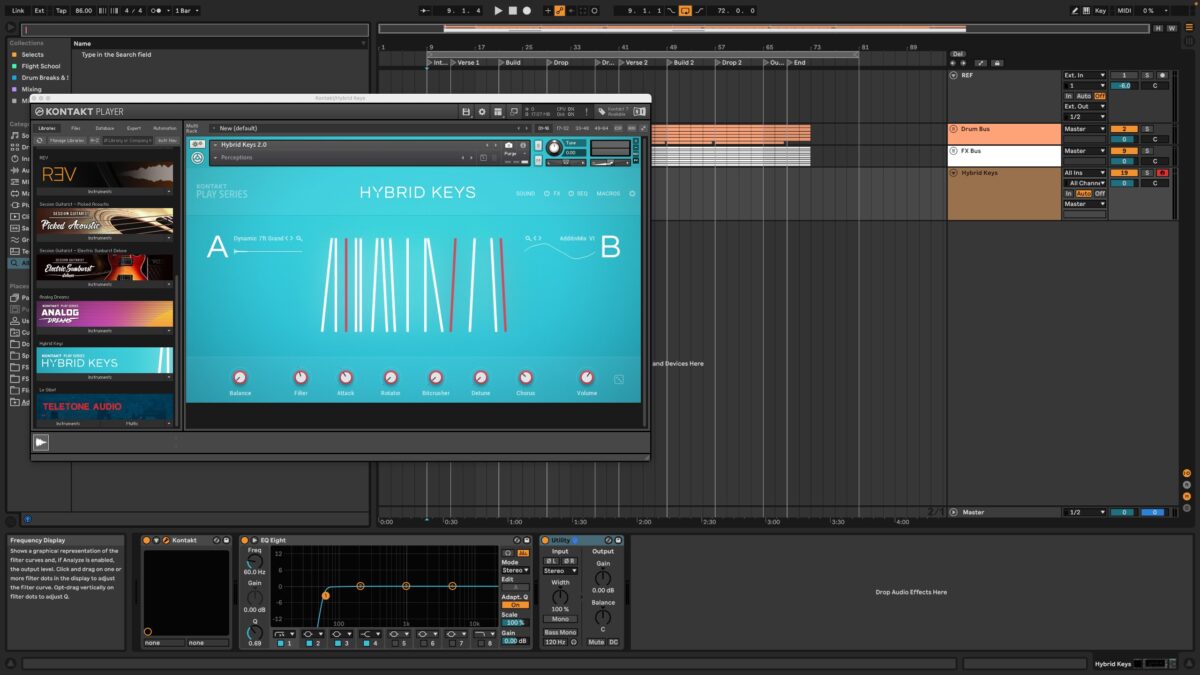
Vinyl textures, warped records, clicks and pops, etc. all add interesting sounds that are hard to replicate with software.
Many of the Kontakt libraries we use are sample-based as well, and can even be layered with other traditional sounds and sine waves to make something exciting and unique.
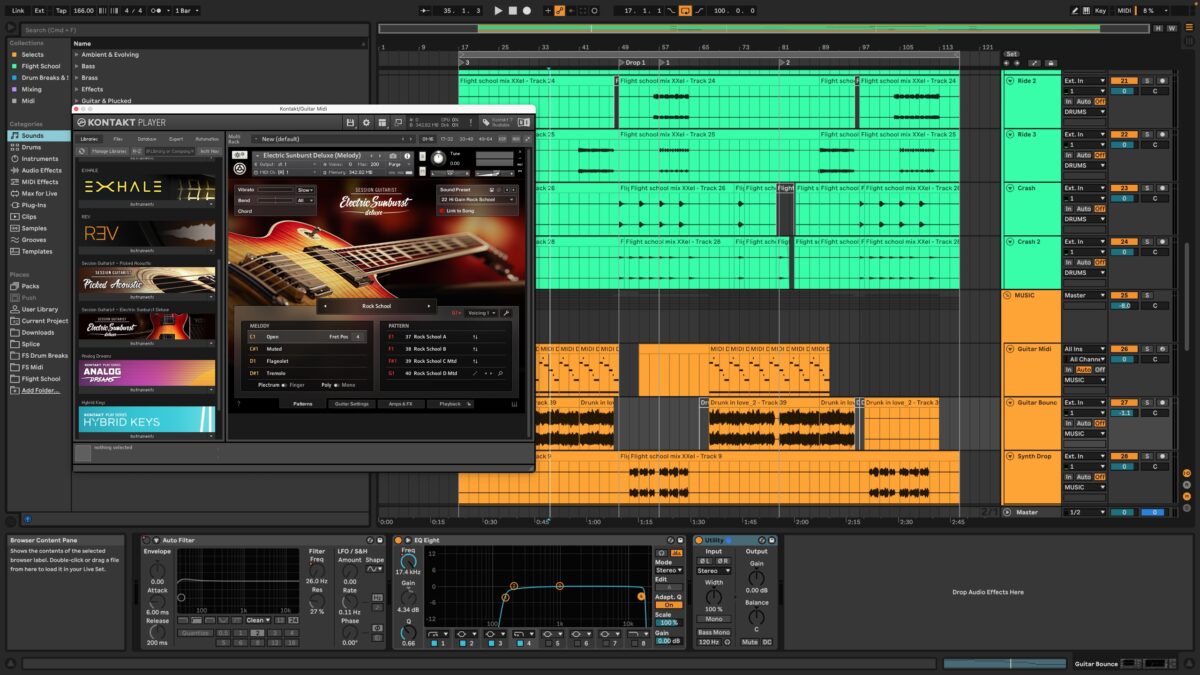
Instruments like Hybrid Keys as well as Session Guitarist – Electric Sunburst also have options to change the effects chain and even randomize any of the presets so you can find totally unique and inspiring sounds from the click of a few buttons – something that has never been heard before.
Pro tip from Flight School: Commit, commit, commit. When sound designing or to even save memory on your computer, commit to a sound and bounce to audio when you feel it sounds good. Not only does this force you to keep moving, but it also saves bandwidth and will keep your computer from sounding like a jet is taking off.
Do you find that analog-style emulation tools in Kontakt can match or even surpass hardware synths for unique sound design?
We are at a point where things are so close and you can achieve incredible sounding records with emulations. We use Monark quite a lot in our records, which is an incredibly realistic emulation of the Minimoog. It’s intuitive, easy to use, and has a massive low end sound right out of the box.

We also have a Moog Sub37 in our studio. Both are great, but when we are in pure creation mode we use Monark for its ease of use.
That being said, the tangibility of hardware is what makes it incredibly fun to use. Sometimes we will experiment with making records using ONLY hardware synths. What we find by doing that is we create different sounding music. There’s something to be said about turning the filter and adjusting the oscillators on a hardware synth and it is incredibly fun to do so.
There are often minute intricacies or imperfections which add to the character of that sound as well. But when we are going for straight creation and are on a deadline – which is often the case – emulations work great.
In your opinion, what separates a good sound designer from a great one in today’s industry?
I think there is definitely an art in simplicity with this. I’m sure we’ve all scrolled through countless presets looking for the right Supersaw, Reese, pluck, etc and often find ourselves going back to the ones we always use. That’s totally okay. There’s a reason that we use the same presets in some of our songs, because they sound great.
On another note, we love to see artists and producers innovate and push the envelope with insane processing and massive effect buses and are totally here for that as well.
Artists like The Caracal Project, for example, have super interesting sound design and I think push the boundaries of traditional bass music. We love seeing artists like this continuously push the envelope.
Pro tip from Flight School: Use mix templates. Templates are essential when creating new tracks. We have a few different ones we use based on what we are creating. Each one of them has custom groups (bass, FX, Synths, etc) with custom processing on each so we can get things rolling quickly. These templates also have basic cue markers and custom drum programming in each section.

What do you think producers need to focus on in 2025 to stay ahead in electronic music production?
It’s super important to understand the fundamentals and songwriting. It’s so easy to just add a few loops together and call it a day, but is that really fun? Maybe to some people. Loops are great, but they should be used to compliment the song, not be the basis.
I’d also say, learn your DAW like the back of your hand and take the time to focus and build within your means. Ableton has an amazing set of stock plugins and you can pretty much create a professional-sounding track with what’s in the box.
Most importantly though, have fun with it. You’re creating music. Create what’s from your heart and what is true to you and you can never go wrong.
Pro tip from Flight School: Set a timer. Working within certain limitations can have an amazing impact on creative output. It forces you to commit and not overthink creative choices. We often set an hour timer and turn our phones on silent so there are no distractions. It’s crazy to see the output you get when you are hyper focused. It’s basically the equivalent of writing the 12 page paper the night before it’s due!
Start using Kontakt for sound design
Big thanks to Flight School for breaking all of this down and sharing real, actionable advice. It’s easy to get caught up in the technical side of sound design, but hearing how they balance creativity with workflow is a reminder that getting songs finished is what really counts.
Whether it’s committing to sounds early, using presets as starting points, or focusing on songwriting first, there’s a lot to take away from their approach – especially for producers trying to stay productive without overcomplicating things.
If you’re not already following Flight School, definitely keep an eye out for their upcoming releases on Palm Tree Records. With their new drum and bass direction paired with pop-driven hooks, it’s going to be exciting to see where they take things next. Thanks again to the guys for taking the time to chat and share what goes on behind the scenes.
